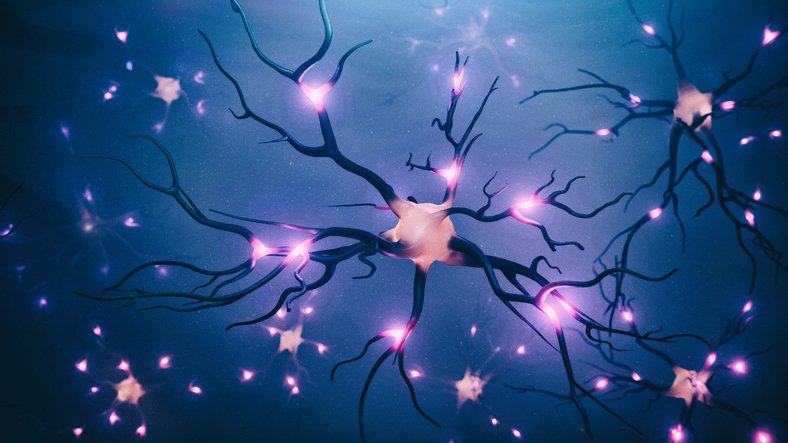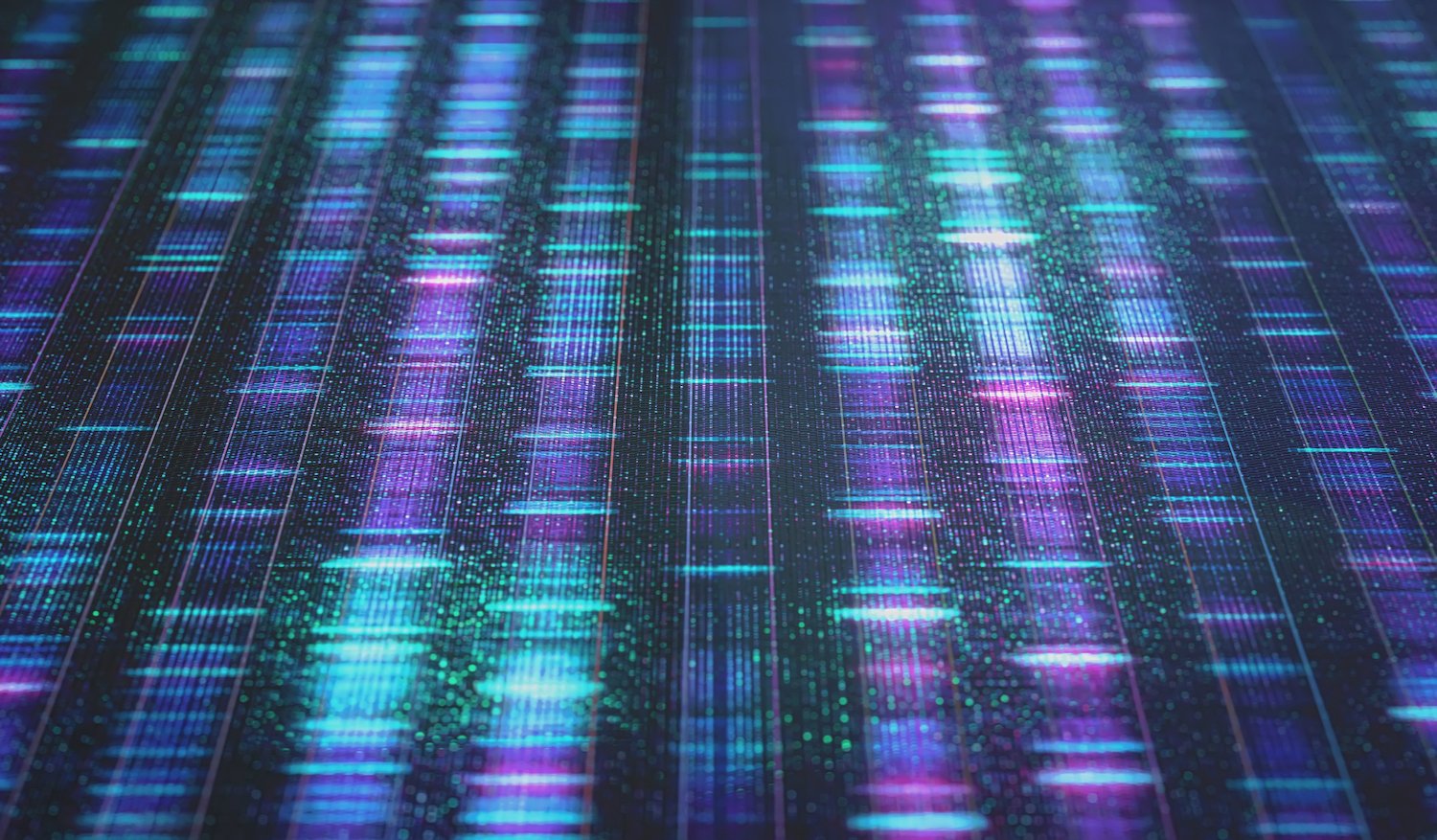Analyses of one of the world’s largest protein datasets offer new insights into the biological underpinnings of major neurodegenerative diseases, such as Alzheimer’s disease and Parkinson’s disease, according to research presented by the Global Neurodegeneration Proteomics Consortium (GNPC).
The findings, published in a series of papers in Nature Medicine and Nature Aging (see below for details), reveal unique protein biomarkers that correlate with neurodegenerative diseases and the aging process, and may help with the early detection and improve outcomes of major neurodegenerative diseases. By leveraging advanced technologies to study proteins, researchers have started to unravel the complex molecular landscape of neurodegeneration, offering hope for earlier diagnosis and more-targeted therapies.
Bill Gates, co-founder and chair of Gates Ventures, writes in a corresponding World View published in Nature Medicine: “Fortunately, big breakthroughs such as blood-based diagnostic tests and approved antibody treatments are finally turning the tide. We are closer than ever to the day when a diagnosis of Alzheimer’s disease stops being a death sentence… The Global Neurodegeneration Proteomics Consortium (GNPC) is a perfect example of what is possible when scientists around the world work together.”
In the flagship paper, colleagues from the GNPC present one of the largest proteomic datasets, including approximately 250 million unique protein measurements from over 35,000 biofluid samples, such as blood plasma and cerebrospinal fluid. The samples were provided by 23 research communities globally and include associated clinical data. From this, the authors identified specific proteins associated with Alzheimer’s disease, Parkinson’s disease, frontotemporal dementia, and amyotrophic lateral sclerosis.
Three associated papers from the GNPC, also published in Nature Medicine, demonstrate how analyses of this dataset can be applied to address key questions in neurodegenerative disease and aging research. One identified disease-specific plasma biomarker profiles and a protein signature across Alzheimer’s disease, Parkinson’s disease, and frontotemporal dementia, and revealed distinct and shared mechanisms, highlighting potential regulatory proteins and pathways for diagnostic and therapeutic strategies. Another paper presents the identification of a cerebrospinal fluid and plasma protein signature associated with carriers of the APOE ε4 allele, a known genetic variant that increases the risk of Alzheimer’s disease, and suggest that this variant has a broader role in other neurodegenerative diseases including Parkinson’s disease, frontotemporal dementia, and amyotrophic lateral sclerosis. Lastly, other research identified age-related changes in proteins that correlate with cognitive function, offering new insights into how changes in protein levels in the cerebrospinal fluid and plasma are associated with cognitive health.
The authors highlight the importance of international collaboration, data sharing, and using diverse datasets to accelerate discovery in neurodegeneration research. Future research with more diverse populations aims to develop new ways to diagnose, prevent, and treat neurodegenerative diseases, driving advances toward better outcomes through precision, combination therapy optimized for a patient’s disease subtypes.
Articles included in this story:
The Global Neurodegeneration Proteomics Consortium: Biomarker and drug target discovery for common neurodegenerative diseases and aging
APOE ε4 carriers share immune-related proteomic changes across neurodegenerative diseases
Disruption of the cerebrospinal fluid–plasma protein balance in cognitive impairment and aging
Shared and disease-specific pathways in frontotemporal dementia and Alzheimer’s and Parkinson’s diseases
The GNPC provides a proteomic resource for biomarker discovery and mechanistic insight in neurodegenerative disease
The post Global Neurodegeneration Proteomics Consortium Uncovers Biomarkers and Mechanisms appeared first on GEN – Genetic Engineering and Biotechnology News.




